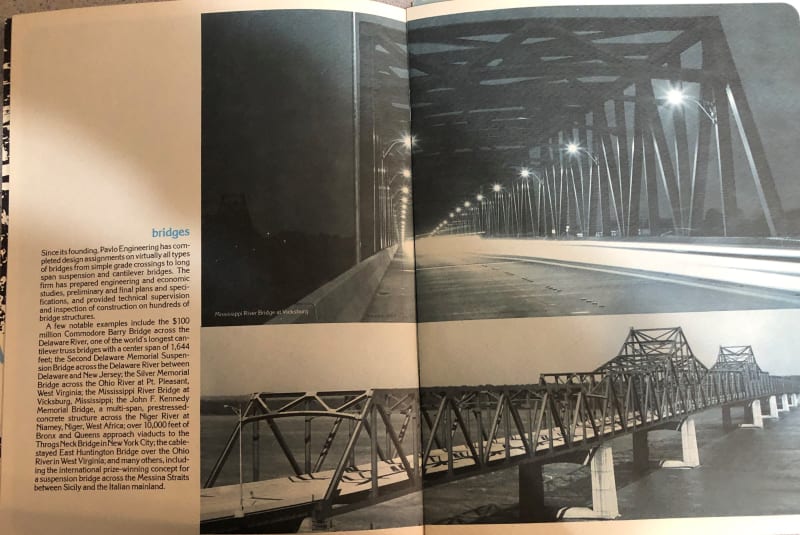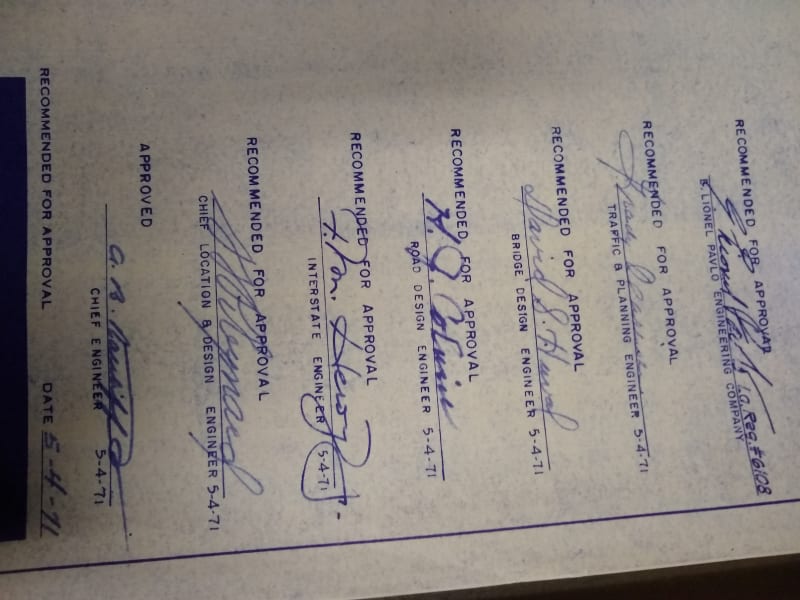-
1
- #1
osoloco
Mechanical
- Jan 7, 2007
- 29
Gentlemen: I would like a welding procedure to weld a wrought iron grate to a cast steel scupper. The scupper is embedded in a concrete bridge deck. The bridge was built in the early 1970s. I do not have the grade of wrought iron of the specification of the cast steel.
Many thanks!!
Many thanks!!

![[2thumbsup] [2thumbsup] [2thumbsup]](/data/assets/smilies/2thumbsup.gif)

